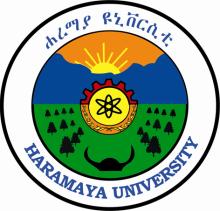Resource information
This study was conducted to characterize the traditional milk production and marketing system, and to identify constraints and opportunities for further development. It was conducted in Mieso District of Oromia Regional State, located 300 km east of Addis Ababa and at about 200 km east of Adama. Five rural kebeles, Dire Kalu, Gena, Huse Mendera, Hunde Misoma and Welda Jejeba, that have milk production potential were selected. Farmers/agro-pastoralists from each rural kebele were also selected. Group discussion was conducted with key informants such as elders and experts in the Office of Pastoral and Rural Development to have an overview of the overall milk production and marketing system. The information generated in participatory rural appraisal phases was used for the preparation and development of a questionnaire for the formal survey. The formal survey was conducted by trained enumerators in 2005/06 using 120 farmers. To capture gender effects in the overall production system, the sample household on each rural kebele was stratified into female-and male-headed households. For the market study, from the three existing market sites, Mieso and Asebot markets were purposively selected. Milk marketing was monitored during the rainy and the dry seasons. A questionnaire was used to collect information on the amount of milk delivered, price and number of individuals who sell milk. During the monitoring phase, a diagnostic survey was undertaken to identify households that have lactating cows and/or camels in the selected five rural kebeles. There were generally two types of milk outlets identified in the district. These are traditional milk associations or groups and individual sellers. Feed scarcity, water shortage, security problem and limited access to veterinary services were identified as the major problems to dairy production and mortality due to diseases was also identified as a major cause of loss in cattle. The paper concludes with recommendations.



